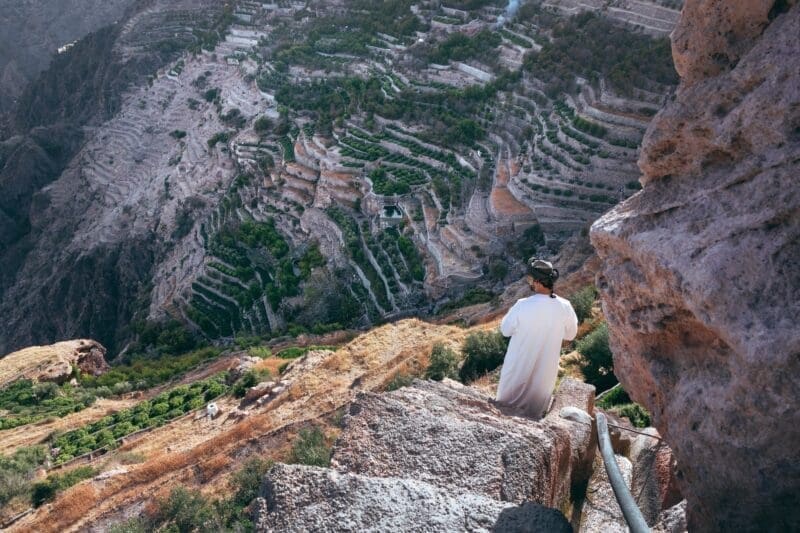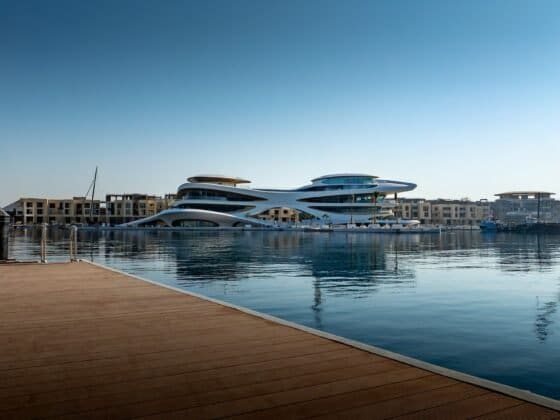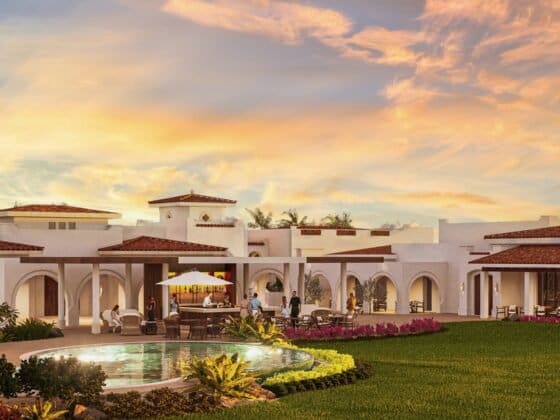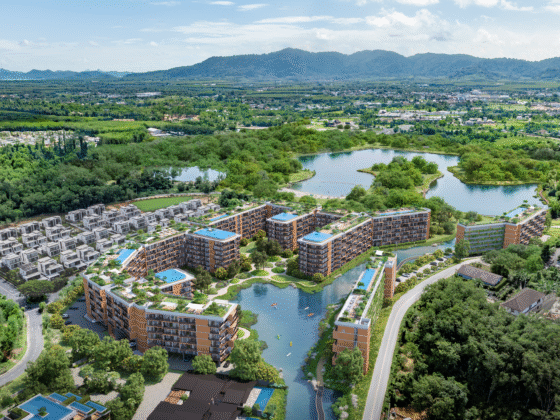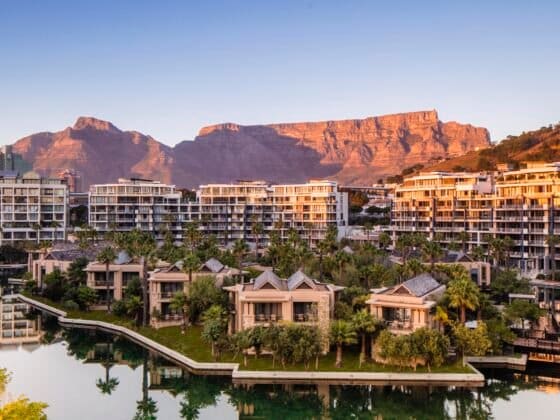Oman is quietly redefining what sustainable tourism means in the Middle East. Guided by the Ministry of Heritage and Tourism, the Sultanate has crafted an approach that transforms travel into an act of preservation—where every visitor participates in protecting nature, celebrating heritage, and supporting communities. It is a vision that goes beyond the pursuit of beauty; it is about balance, responsibility, and continuity, ensuring that every experience in Oman tells a story of harmony between progress and preservation.
From its dramatic deserts to its tranquil coastlines, Oman’s natural reserves form the heart of this philosophy. The Arabian Oryx Sanctuary tells a story of renewal and resilience, where an endangered species has been brought back to its rightful home. At Ras Al Jinz, the gentle rhythm of sea turtles nesting under the moonlight offers a humbling reminder of nature’s enduring cycles. Offshore, the Daymaniyat Islands shimmer beneath the surface—a diver’s paradise of coral gardens and marine life that thrives under careful protection. These reserves do more than conserve; they invite travelers to witness the beauty of coexistence.
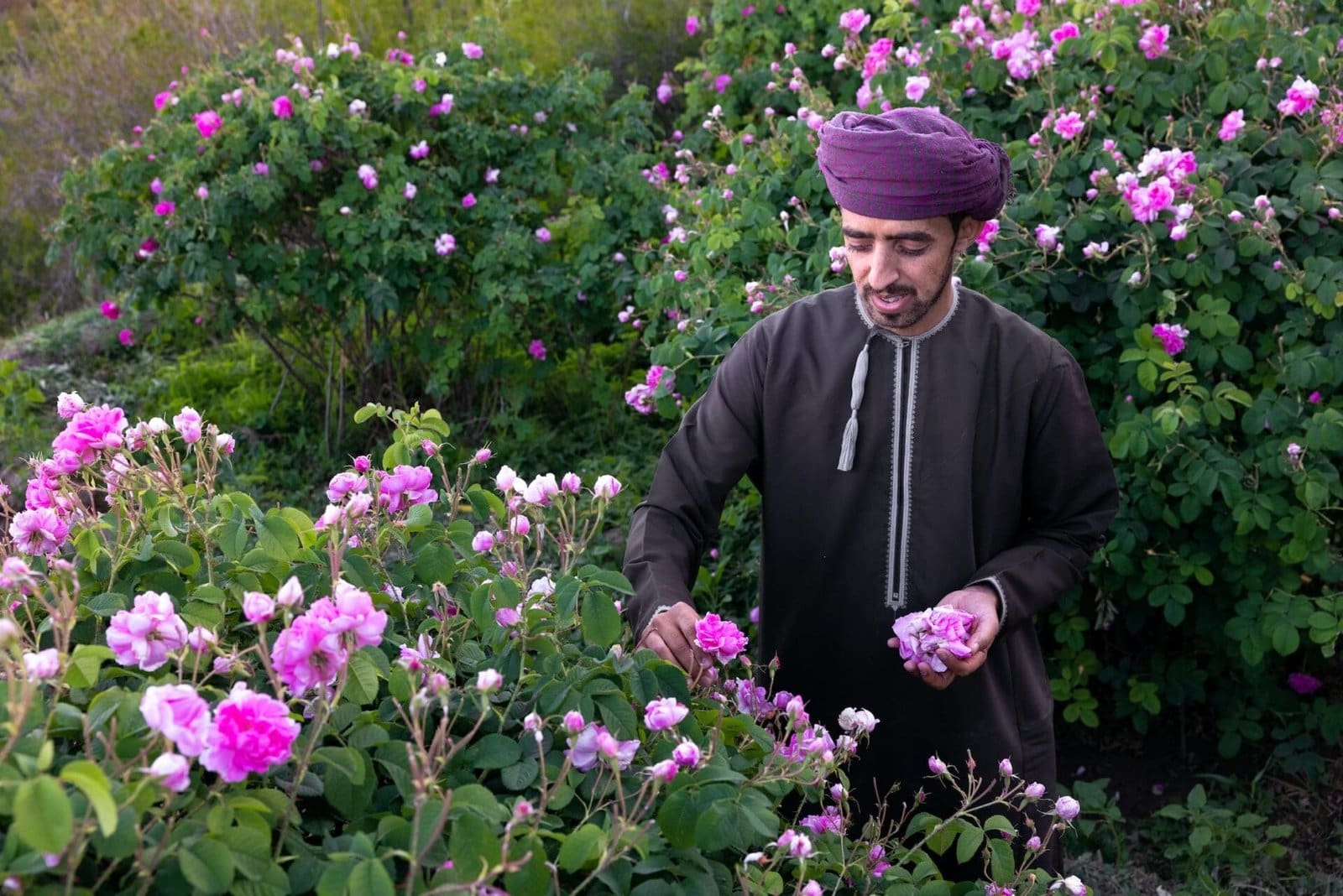
Oman’s dedication to identity runs as deep as its landscapes. Through innovative experiences like the Mountain Slopes initiative, travelers are invited to explore routes through the Hajar Mountains that reveal both geological wonder and cultural depth. The Aromatic Tourism initiative turns fragrance into storytelling—where visitors trace the journey from rose petals of Al Jabal Al Akhdar to the ancient frankincense trails of Dhofar. Meanwhile, the Falaj Experience allows guests to walk beside ancient waterways that still sustain Omani communities today, a timeless example of ingenuity and water wisdom recognized by UNESCO. Together, these experiences weave a narrative where culture is lived, not just observed.
This commitment extends to the cities themselves. Projects such as Sultan Haitham City and the upcoming Sustainable City – Yiti reflect a modern Oman—where architecture is designed around green spaces, renewable energy, and cultural integration. Yiti, the nation’s first carbon-neutral community, captures the spirit of innovation without losing sight of environmental integrity. These cities are not merely developments; they are expressions of Oman’s belief that sustainability must shape not only tourism but the very rhythm of daily life.
Even in luxury, Oman finds equilibrium. Its hospitality scene has become a symbol of how indulgence can serve a greater purpose. In Al Jabal Al Akhdar, mountain resorts rise like extensions of the cliffs themselves—operating with renewable energy and mindful water systems while offering a sanctuary of comfort and calm. Along Musandam’s pristine shores, eco-lodges preserve the environment through thoughtful design, giving guests a deep connection to place and people. Every property embodies the principle that true luxury lies not in excess, but in experience that uplifts both the guest and the world around them.
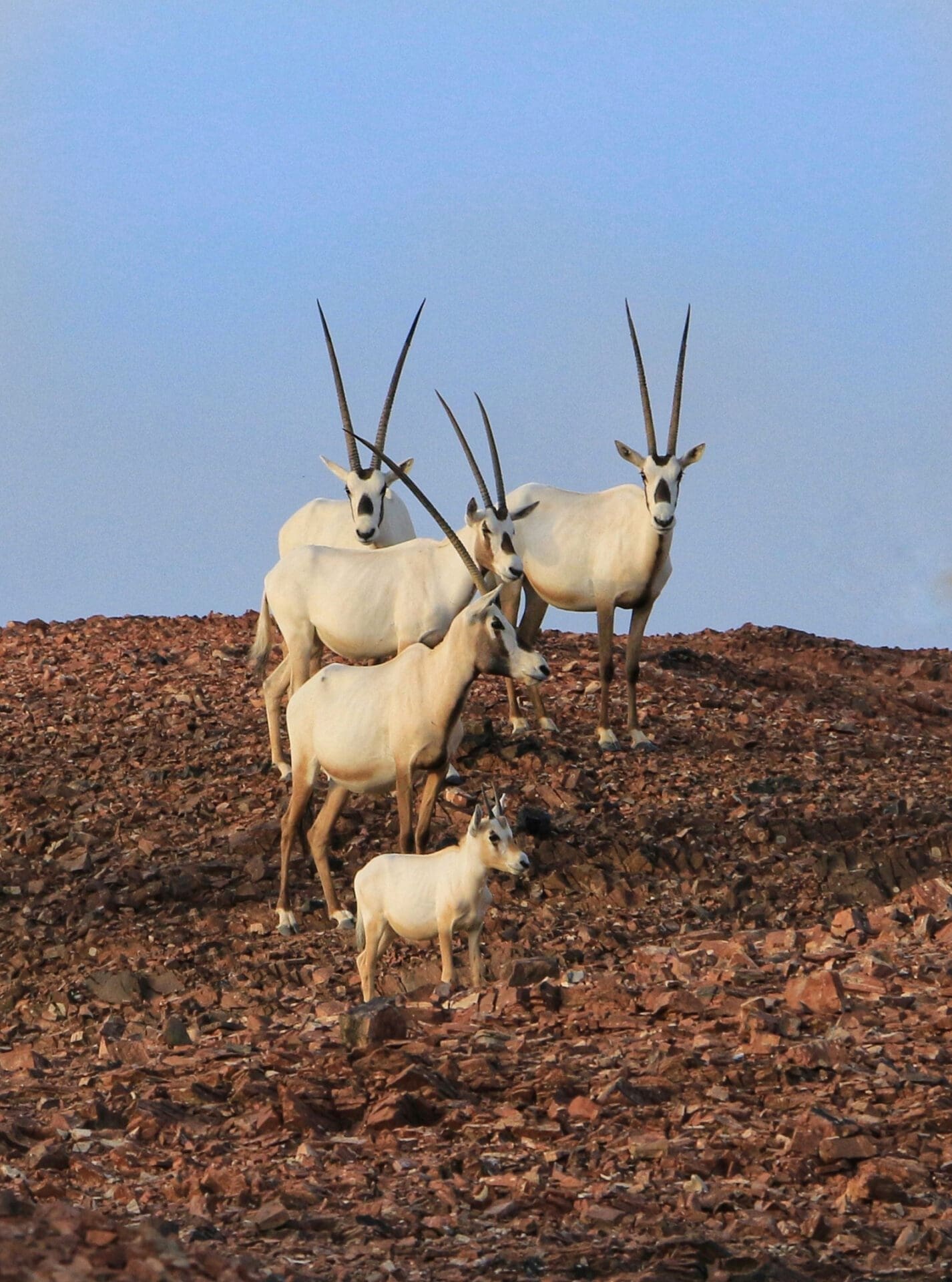
All of these threads—nature, culture, innovation, and hospitality—come together under the guiding light of Oman Vision 2040, the national strategy that places sustainability at the heart of growth. Oman’s model of tourism is not built on volume but on value; not on fleeting visits, but on lasting impressions. It invites travelers to be part of a story where ancient wisdom meets modern purpose, and where every journey becomes a contribution to something greater.
In Oman, sustainable tourism is not a concept—it is a way of life. It is felt in the fragrance of frankincense, in the calm of the mountains, and in the quiet hum of cities built for the future. For those who come seeking more than a destination, Oman offers an experience that endures—authentic, responsible, and infinitely inspiring.

